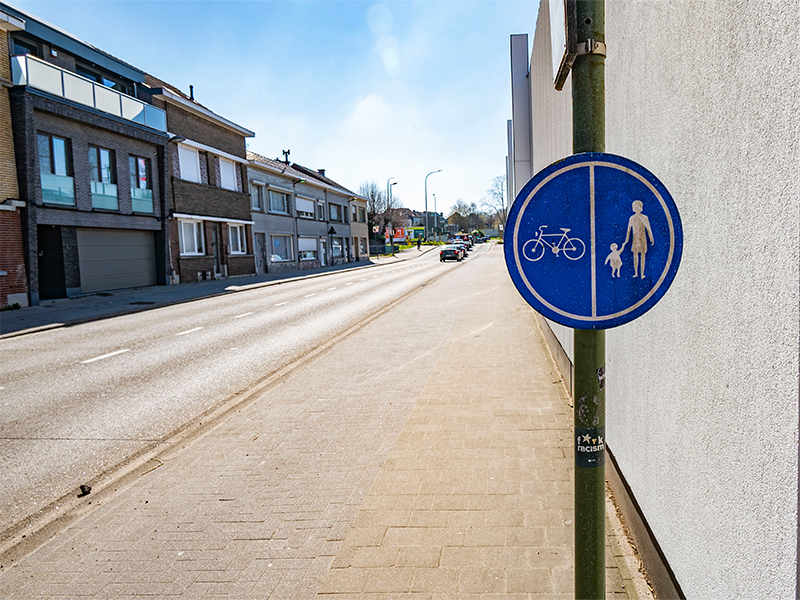Cut-through traffic in the Demervallei and the Druivenstreek
24051
2024
Cross-municipal measures are needed to prevent cut-through traffic in the Demervallei and the Druivenstreek. TML mapped the problem and laid the groundwork for further steps, such as a vision for the future and a package of measures.
Cut-through traffic has been a persistent problem in the Leuven Transport Region for years, with residential streets in the Demervallei and the Druivenstreek as focal points. This traffic causes not only inconvenience but also unsafety. Because the problem transcends municipal borders, local solutions are not enough; they would only shift the nuisance to neighbouring municipalities. Although there have been many ideas and efforts, a definitive approach is still lacking.
With this report, TML took an important first step: we mapped the problem and created a solid basis for further action. The next stages, such as drawing up a clear vision of the future and a concrete package of measures, still lie ahead.
The study focused on four key questions:
Within the Demervallei, we examined large parts of Keerbergen, Rotselaar, Tremelo, Begijnendijk, Bonheiden, and Haacht, and smaller parts of Boortmeerbeek, Aarschot, Herent, Leuven, Putte, Heist-op-den-Berg, and Mechelen. For the Druivenstreek, we looked at Bertem, Huldenberg, Hoeilaart, Overijse, Oud-Heverlee, and Tervuren. On the Walloon side, Graven (Grez-Doiceau), Beauvechain, Terhulpen, and Wavre were also involved.
Cut-through traffic has been a persistent problem in the Leuven Transport Region for years, with residential streets in the Demervallei and the Druivenstreek as focal points. This traffic causes not only inconvenience but also unsafety. Because the problem transcends municipal borders, local solutions are not enough; they would only shift the nuisance to neighbouring municipalities. Although there have been many ideas and efforts, a definitive approach is still lacking.
With this report, TML took an important first step: we mapped the problem and created a solid basis for further action. The next stages, such as drawing up a clear vision of the future and a concrete package of measures, still lie ahead.
The study focused on four key questions:
- How well is the area accessible by different modes of transport?
- How safe is the traffic?
- How liveable are the streets around schools and homes?
- How efficiently does the traffic system work?
Within the Demervallei, we examined large parts of Keerbergen, Rotselaar, Tremelo, Begijnendijk, Bonheiden, and Haacht, and smaller parts of Boortmeerbeek, Aarschot, Herent, Leuven, Putte, Heist-op-den-Berg, and Mechelen. For the Druivenstreek, we looked at Bertem, Huldenberg, Hoeilaart, Overijse, Oud-Heverlee, and Tervuren. On the Walloon side, Graven (Grez-Doiceau), Beauvechain, Terhulpen, and Wavre were also involved.


